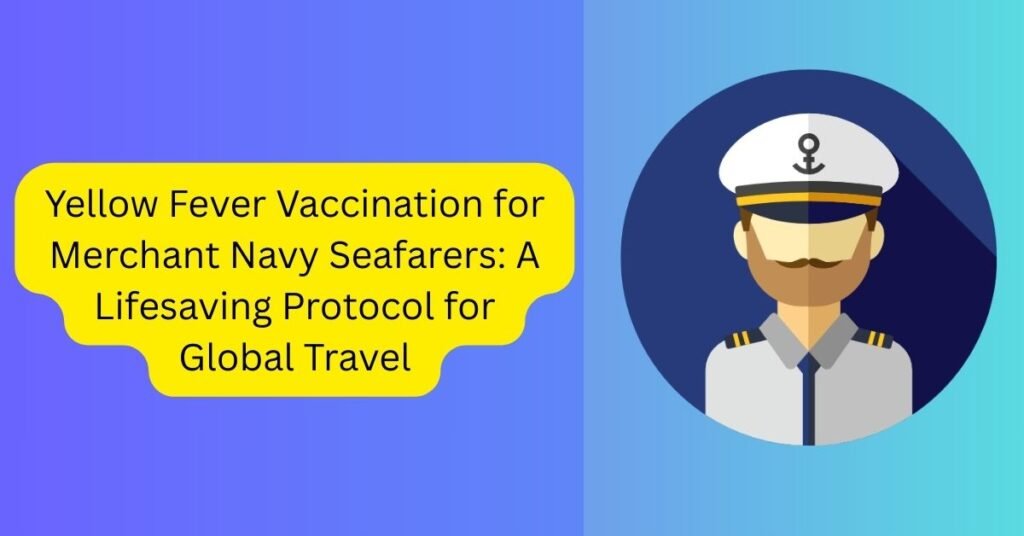Before stepping aboard a vessel, every seafarer must complete the STCW Basic Safety Training (BST) — a fundamental requirement that ensures safety, survival skills, and preparedness at sea.
What is STCW Basic Safety Training?
The Standards of Training, Certification, and Watch keeping (STCW) is an international convention set by the International Maritime Organisation (IMO) to standardise maritime training and safety practices globally. First adopted in 1978 and later amended in 1995 and 2010, STCW ensures that all seafarers meet a consistent and reliable benchmark of safety and competence at sea.
The BST course, as per STCW guidelines, is a mandatory part of every seafarer’s journey — covering emergency response, firefighting, survival techniques, and onboard conduct.
Core Components of the BST Course

- Personal Survival Techniques (PST): Focuses on abandoning ship, survival at sea, and use of life-saving equipment.
- Fire Prevention and Fire Fighting (FPFF): Teaches fire safety, causes of fire on ships, and hands-on firefighting using real equipment.
- Elementary First Aid (EFA): Basic life-saving skills such as CPR, treating wounds, and stabilising casualties.
- Personal Safety and Social Responsibilities (PSSR): Covers safe working practices, environmental responsibilities, and effective communication onboard.
When and Where is BST Done?
Students enrolled in Diploma in Nautical Science (DNS), B.Sc Nautical Science, Graduate Marine Engineering (GME), Electro-Technical Officer (ETO) and likely programs complete these STCW courses as part of their pre-sea training in college.
In addition to these four core modules, most maritime institutes today also include one more essential safety course: STSDSD (Security Training for Seafarers with Designated Security Duties). This course trains cadets to handle shipboard security threats, understand security levels, and respond effectively during security incidents.
So, the total mandatory safety training now includes:
BST (4 courses) + STSDSD = 5 courses in total, all completed before cadets step onboard for their first sail.
Why is BST (and STSDSD) So Important?
The BST and STSDSD certificates are the first official documents issued in a seafarer’s career. These certificates are prerequisites for applying for the following:
- CDC (Continuous Discharge Certificate)
- SID (Seafarer’s Identity Document)
- US Visa
Without completing these safety courses, none of these essential documents can be processed. That’s why this training is considered the starting point of any merchant navy career.
Where to Take BST (for External Candidates)?
For candidates not enrolled in a full-time pre-sea program, DGS-approved maritime training institutes across India offer these safety courses, such as:
- HIMT (Hindustan Institute of Maritime Training)
- Samundra Institute of Maritime Studies
- Great Eastern Institute of Maritime Studies
- Anglo-Eastern Maritime Academy
The BST + STSDSD training usually takes about 14-15 days, including theory, drills, and hands-on training.
Final Thoughts
Completing STCW Basic Safety Training along with the STSDSD course marks the true beginning of your professional journey at sea. Whether you’re on deck or in the engine room, this five-course training ensures you’re prepared to face emergencies, protect yourself and your crew-mates, and meet global maritime standards from Day One.
It’s not just about sailing — it’s about sailing safely and smartly.




